
SINCE 1994
Henan Longfeng Cookware Co., Ltd. was established in 1994, focusing on the field of high-end cast iron cookware. It is located in Jia County, Pingdingshan City, Henan Province,
just 1KM distance from Jia County High-Speed Railway Station.Welcome to visit us conveniently.
Longfeng Cookware specialises in the production of a full range of cast iron cookware, with DISA casting and press-casting, the products cover traditional cast iron cookware and light weight cast iron cookware ; the technology covers mould development, enameling, non-stick, vegetable oil, nitriding; the annual production capacity is more than 1 million pieces.
Our company has passed ISO9001-2015 quality management, ISO14001 environmental management, BSCI, SEDEX and other domestic and international certification systems. Our products can pass FDA, LFGB, DGCCRF, ROHS, REACH and other tests.
And we have established long-term business relationships with customers from North America, South America, Europe, Australia, Southeast Asia, the Middle East, Africa and other regions

30
Years experience OEM&ODM
100
Employees
4
Advanced production lines
1,000,000
Pieces/annual output
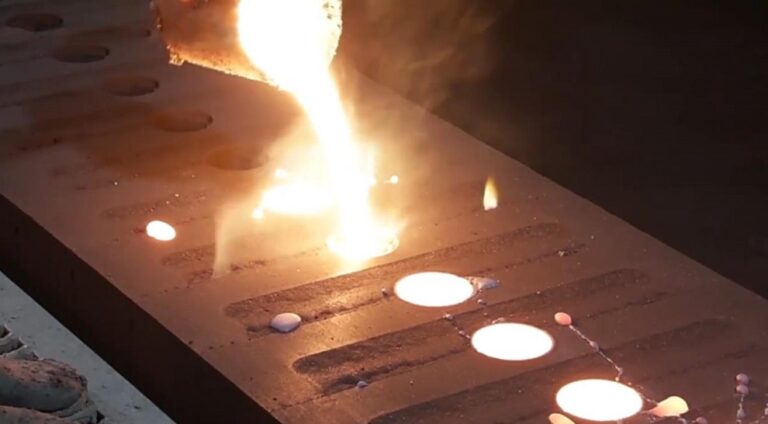
Casting
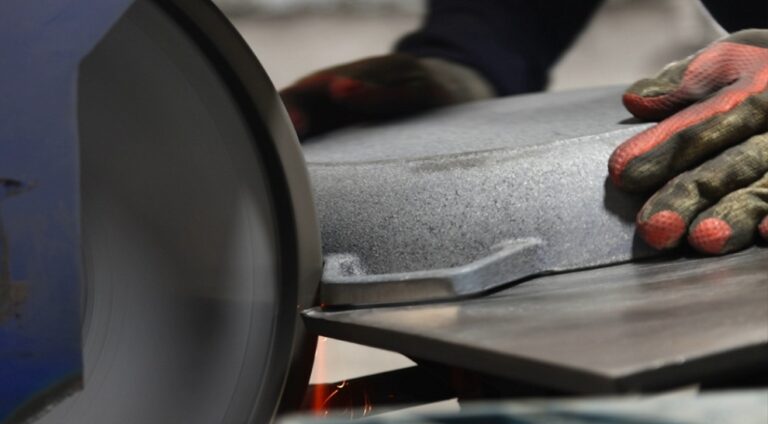
Polishing
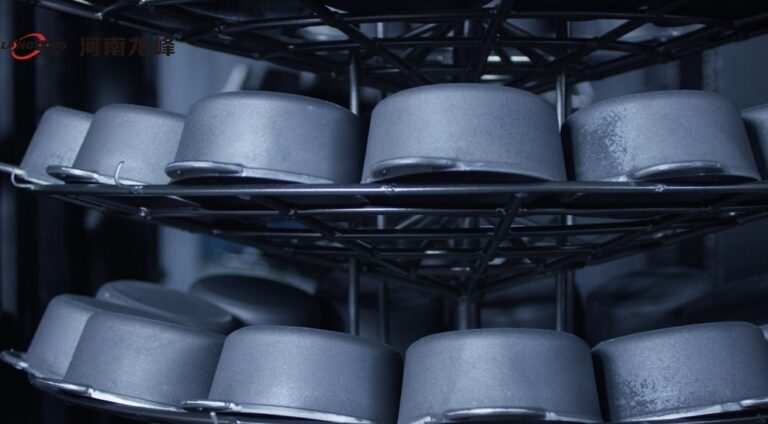
Sand blast
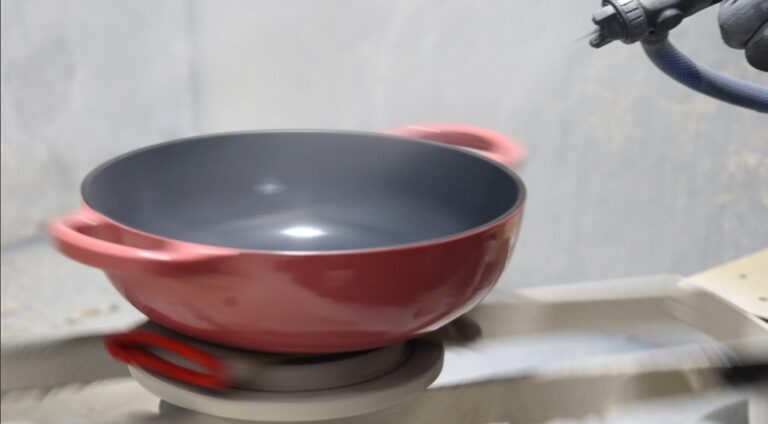
Enameling
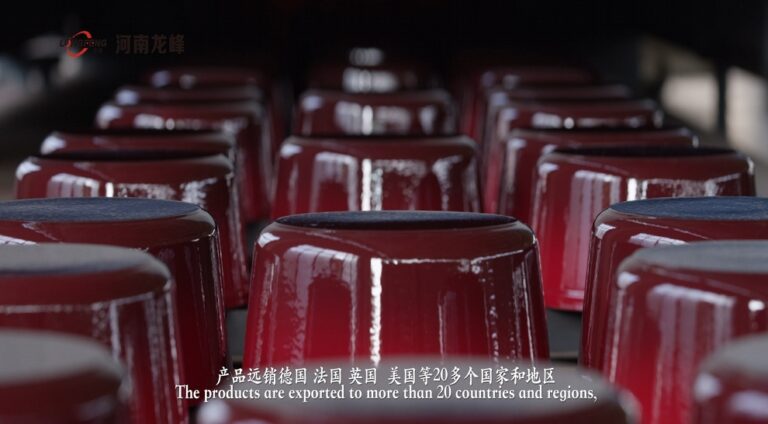
Enamel baking
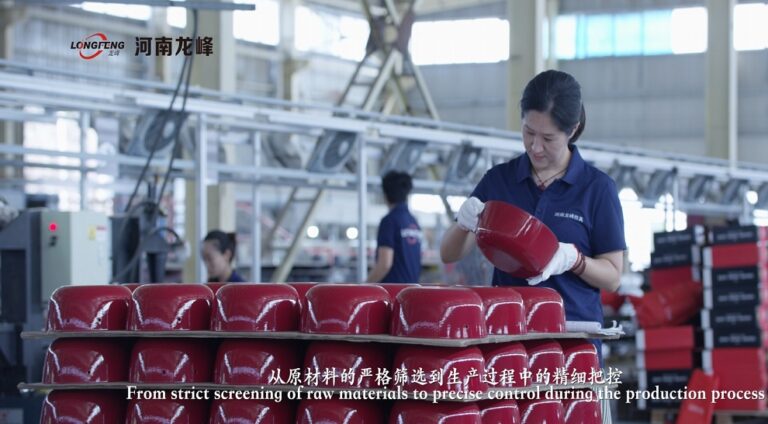
Quality Inspection
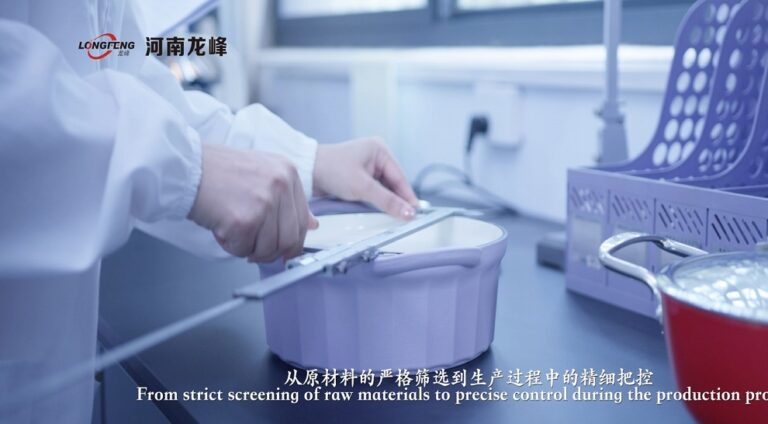
Laboratory Testing
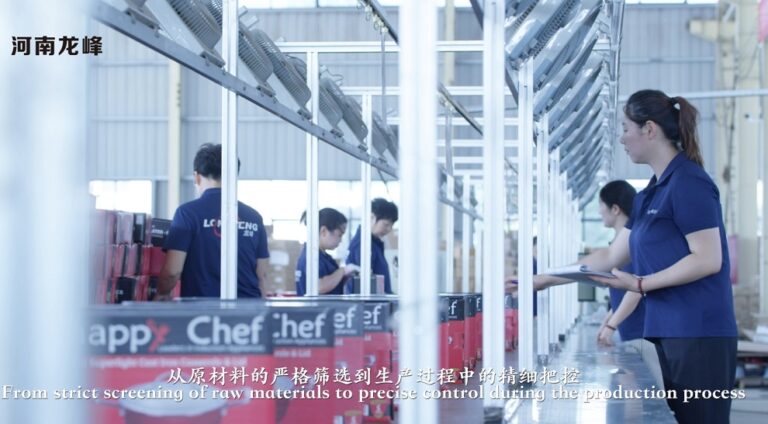
Packing
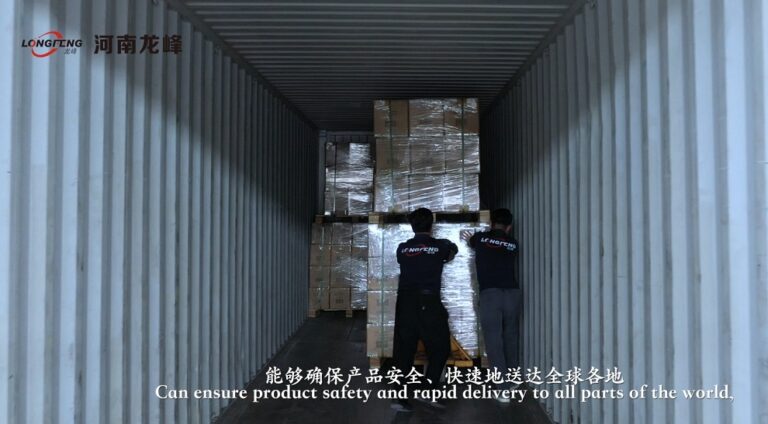
Shipping
We have 1 Polishing line,1 NC Machine process line,1 Enamel Spraying line ,1 Automatic Spraying line,an annual output of over 1,000,000 pieces of cast iron cookware

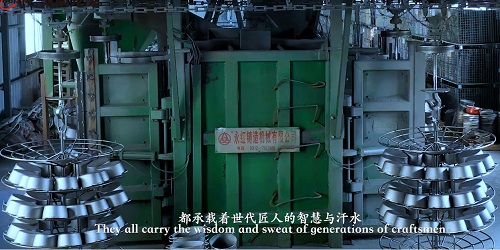

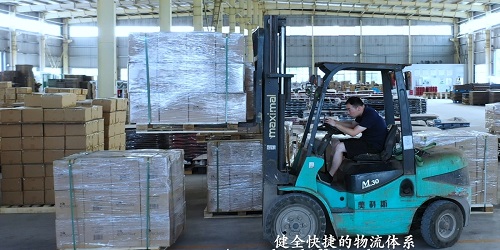

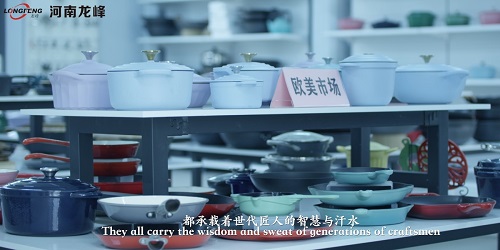

Longfeng Cookware works strictly according to ISO9001-2000 quality standards, had passed audit by BSCl , and products can reach EU AND FDA standards
Longfeng Cookware works strictly according to ISO9001-2000 quality standards, had passed audit by BSCl , and products can reach EU AND FDA standards

10inch Pre-seasoned Cast Iron Skillet with Helper Handle
Pre-seasoned Cast Iron Cookware
Learn More 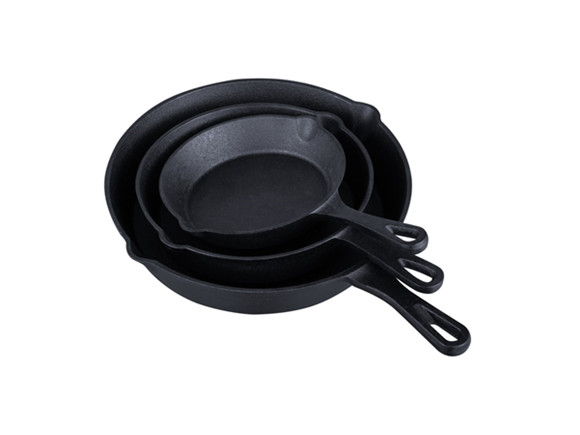
3 Piece 6 inch, 8 inch and 10 inch Cast Iron Skillet Set with Silicone Handles
Pre-seasoned Cast Iron Cookware
Learn More 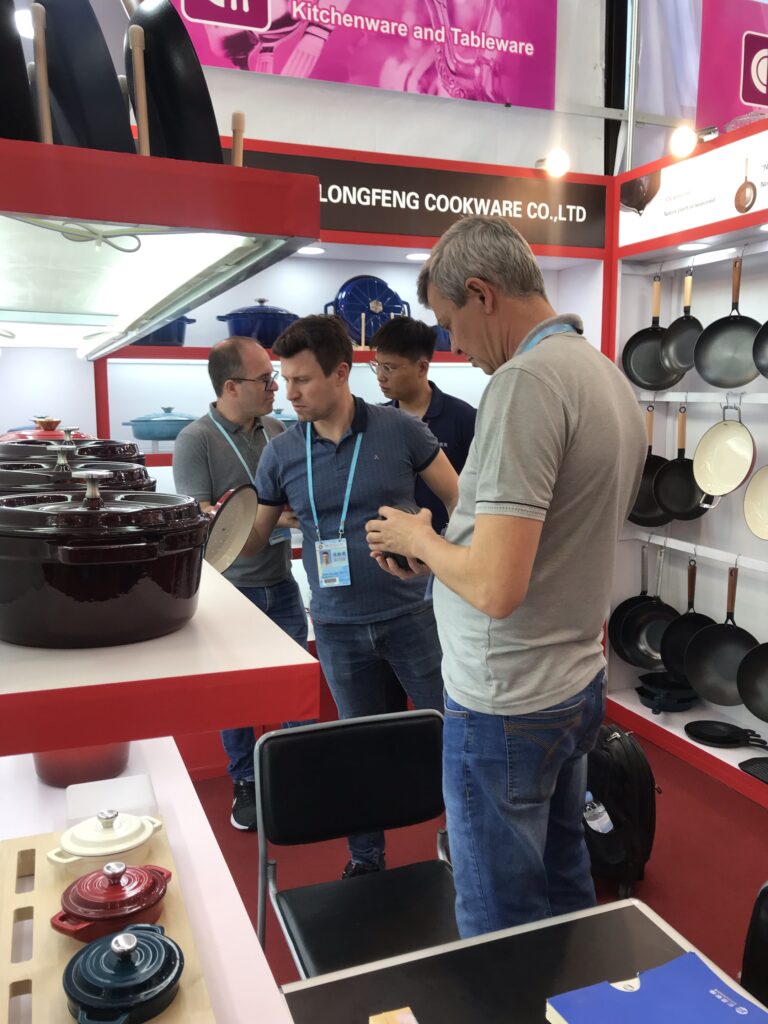
Long Feng Cookware In CANTON FAIR Apr 23-27 th 2025 !
2025/04/25
WELCOME TO OUR BOOTH AT AMBIENTE FRANKFURT 2025 !
Exhibition Time:07 – 11 Feb 2025
BOOTH No. 11.1 F21B
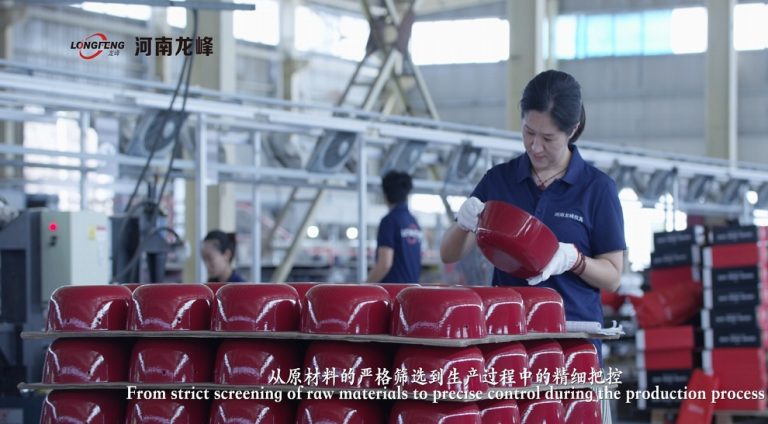
Henan Longfeng: Your Trusted OEM Partner for Premium Cast Iron Cookware
2025/11/21
OEM Cast Iron Cookware Manufacturer | Longfeng Cookware Since 1994 Henan Longfeng Cookware – A professional cast iron cookware manufacturer from China since 1994. We offer OEM &…
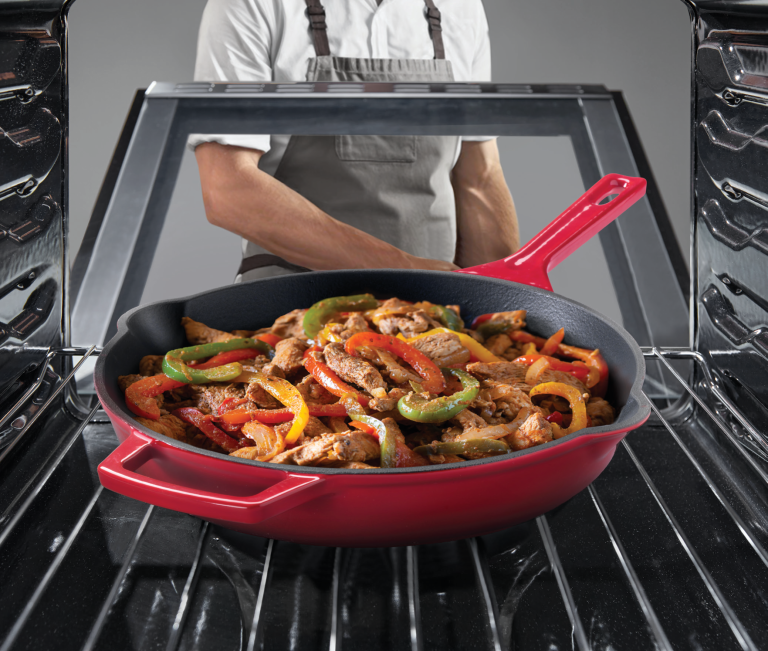
Crafting Excellence: LFCookware, Your OEM Partner for Premium Cast Iron & Non-Stick Cookware
2025/11/24
OEM Cast Iron Cookware Factory | Crepe Makers, Skillets & Dutch Ovens LFCookware is a professional cast iron cookware manufacturer. We offer OEM/ODM for cast iron crepe makers, appam…
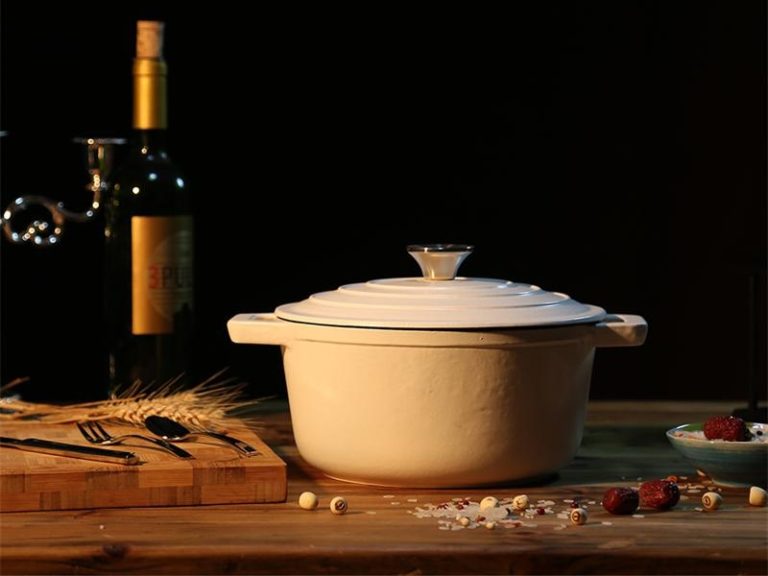
2024/10/09
Q: Is it OK to use water? A: Soaking a pan with water overnight is a sure recipe for rust, but a brief rinse or…

Pre-seasoned Cast Iron Cookware Use&Care
2024/10/09
Cast Iron Cookware is built to last a lifetime – and beyond. However, as with all things precious, it needs to be treated with love,…

Enameled Cast Iron Cookware Use&Care
2024/10/09
1.Before First Use Enjoy unboxing your new purchase! (And make sure to remove the labels and packaging.)Wash your Enameled Cast Iron Cookware in warm, soapy…